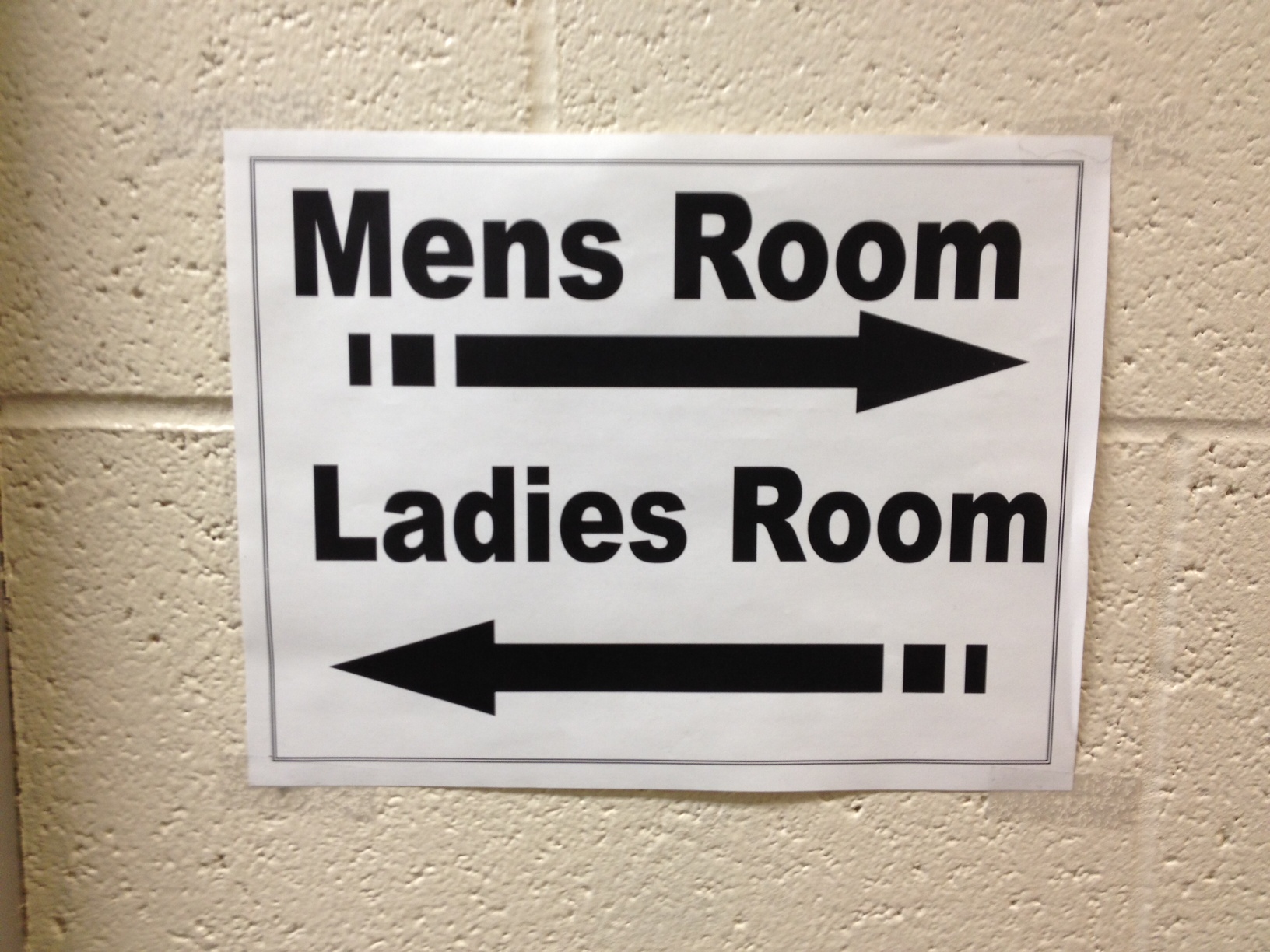In honor of Transgender Visibility Week, it is important to discuss an issue that has not seen as much visibility: gender inclusive bathrooms.
In the simplest terms, gender inclusive bathrooms are bathrooms that are not separated by gender and they are most often seen in homes or residence hall rooms.
However, this is not the case in many places, which poses a major problem for those who identify along the LGBTQ spectrum as transgender or gender non-conforming. By making the change to gender inclusive restrooms on our campus and elsewhere, these individuals can and will feel more comfortable.
Picture a transgender or gender non-conforming individual standing in front of two restroom signs. One says men and the other women, but they do not know which one to enter. This difficult decision leads many people to not enter either restroom, forcing them to wait until they either find an inclusive bathroom or to use their private bathroom when they finally get home.
That’s because choosing the “wrong” door can lead to harsh consequences. In a study done at UCLA, 68 percent of transgender and gender non-conforming respondents have experienced some sort of verbal harassment and nine percent have experienced some form of physical assault when accessing or using gender-segregated public restrooms. This would not be a problem if there was just one option and one door or two doors with the same sign on both.
Though the need for such restrooms seems obvious, some have expressed concerns. Many believe that inclusive bathrooms could result in an increased amount of sexual assaults.
However, if you think about it, how much time do you spend in the bathroom? Everyone is there to do the same thing and then leave. This is not a part-time study room or a place where people sit and talk. It’s just a bathroom.
Today, nearly everything has gender labels. From clothes to toys to colors, nothing seems to be exempt. Gender is hard for people to understand and the idea that some people don’t conform to binary genders can be baffling to some.
However, while it may be confusing, it does not invalidate the very real experiences of others. If positive change can be made by simply removing the signs on bathroom doors, then it should be done.
As we take this time to remember the deaths of 271 transgender individuals since last October, we must realize changes as small as gender inclusive bathrooms have the ability to make a world of difference for these individuals.




